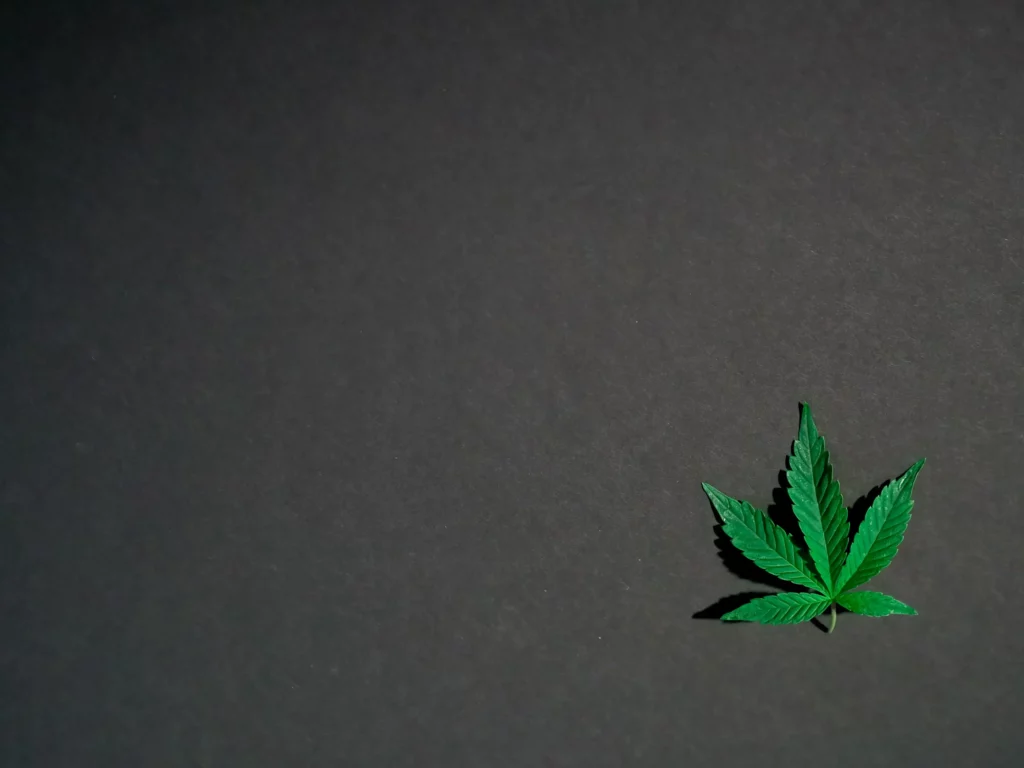From a historical point of view, the use of hemp dates back to the middle of the eighteenth century, the year 1753. The naturalist Carl von Linne discovered a species of cannabis, the only one recognized at the time, Cannabis Sativa and cultivated in Europe, this hemp plant was then appreciated for its fiber, used in the manufacture of ropes and sails for boats.
Characters of Indica Flower
Hemp samples from India show different effects compared to regular Sativa cannabis. Indeed, these cause a state of euphoria in consumers. Many physical characteristics in the foliage, from the appearance of the stems but also from the flowering formally indicate that it is a plant different from the notorious cannabis Sativa L, cultivated in European countries. However, similarities in form and function suggest that the two plants belong to the same species. Thus, to name this new subspecies, the French biologist is inspired by the name of his country of origin and baptizes it “Cannabis Indica”. From then on, this variety of hemp joined the ranks of industrial cultivation because of its medical and psychoactive features. To name this new subspecies, the biologist is inspired by the name of his country of origin and baptizes it “Cannabis Indica”.
What characterizes the Indica flower?
Both Cannabis Sativa and Cannabis Indica belong to the hemp plant species. The meteorological conditions that condition their development differentiate them from each other. If Cannabis Sativa comes from Europe, the Indica variety requires colder and more complex climates. It is cultivated in regions such as Asia, Afghanistan or the Hindu Kush mountains. These harsher weather and environmental conditions lead Indica plants to produce resin in greater quantities: the resin provides ideal protection against the dry climate. Of all the existing varieties of hemp, the Indica flower is the most suitable for making hashish, which is the most widespread mode of consumption in its country of origin.
Late domination of Cannabis Indica
Later, the denomination “Cannabis Indica” encompasses hemp plants that grow in regions with dry climates such as: countries of South Asia and Central Asia, including India, Nepal, Afghanistan, Turkey, Southern China or Pakistan. The meteorological conditions are distinguished by the alternation of a cold and dry period which lasts until October; and a period of high humidity that comes with the monsoon. As a result, Indica cannabis tends to grow and flower faster so as not to suffer from the mold growth that accompanies autumnal humidity.
This variety of hemp then has two particularities. On the one hand, it has a short growth phase; on the other hand, it does not grow very tall ( height will only increase by 25% to 30% during the flowering phase). In addition, when the high heat gives way to milder temperatures, the leaves of the Indica flower are adorned with many shades of red and purple.
How to recognize the Indica flower?
In terms of morphology, the Indica flower is easily distinguished from the Sativa flower. The plant is in the form of a small compact shrub, small in size, not exceeding two meters. It sports thicker foliage than Cannabis Sativa. To recognize it, you have to pay attention to its different parts.
From a foliage perspective
Generally speaking, Indica cannabis is characterized by dark green leaves. Their leaflets will tend to be smaller and less narrow in order to prevent water loss during transpiration. They grow from the stems and various offshoots of the plant. It should be noted that the foliage of certain plants is colored purplish blue.
From a flower perspective
The amount of flowers produced by the Indica plant is greater than that of the Sativa variety. They develop as clustered packs at the nodes of the female plant. Compared to the Sativa variety, the Indica flower yield is less. The short growing season helps to compensate as crops flower faster and more often throughout the year. Her small size makes her compatible with indoor growing methods. This subspecies of hemp is also a delight for growers who own a terrace or balconies. Generally, the harvest period is around September.

